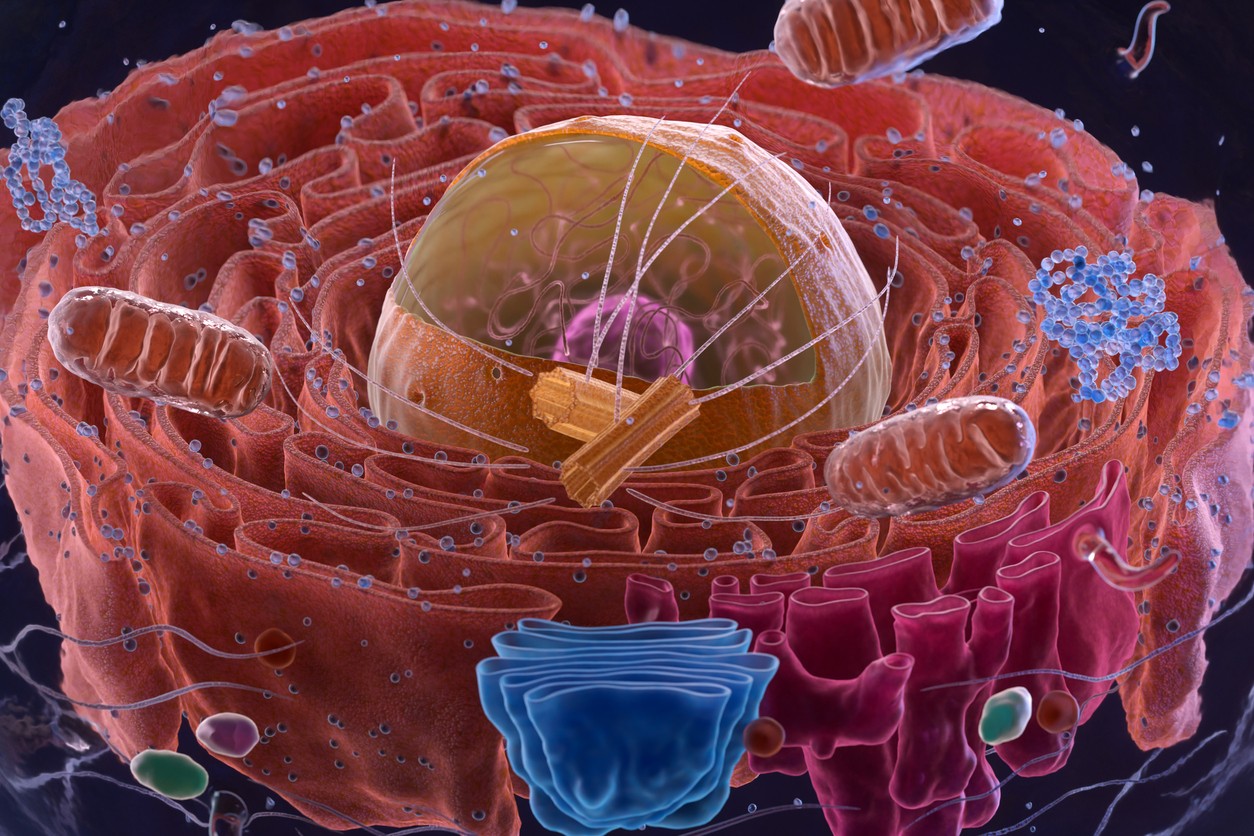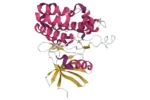Studies on Epitalon and Circadian Rhythms
The night release of endogenous melatonin have been associated with peptide production in the pineal gland, and the circadian hormone rhythm may be normalized in the blood plasma. Research models of pineal gland dysfunction might exhibit an increase in the night melatonin level, for which Epithalamin and Epithalon may exert modulatory effects. The pineal gland preparations may potentially increase melatonin concentration.
Pituitary Gland and Rapid Cell Aging
Epithalamin was given along with the regular courses in 39 research models of coronary dysfunction, while 40 models (control group) received standard procedures. Long-term exposure to epithalamin (six courses over three years) resulted in an apparent decrease in the aging of the cells in the cardiovascular system, possible prevention of age-associated impairment of physical endurance, and normalization of the circadian rhythm of melatonin production, lipid, and carbohydrate metabolism. The geroprotective potential of the peptide from the pineal gland were posited, and research models exposed to epithalamin exhibited a significant decrease in mortality rates compared to controls.
Epitalon and Chromatin
The function of chromatin is to protect the DNA structure and sequence and effectively pack DNA into a small volume to fit into the nucleus of a cell. The activation of ribosomal genes, decondensation of pericentromeric structural heterochromatin, and the release of genes repressed due to the age-related condensation of euchromatic chromosome regions might be induced by Epitalon. Thus, Epitalon may have potential to activate chromatin by modifying the heterochromatin and heterochromatinized chromosome regions in aged cells.
Telomerase Elongation and the Hayflick Limit
Each cell consists of DNA as an instructional guide showing how to divide and grow. The telomeres shield the DNA inside each cell. The exposure of Epitalon to functional cells may have exhibited increase the telomerase enzyme, which strengthens telomeres; an approximate increase of 33% was observed in the length of the telomeres.
White Blood Cells
Melatonin may prevent age-specific decreases in the levels of blood lymphocytes in the standard photoperiod. In contrast to melatonin, Epitalon appeared to have significantly reduced the lymphocyte count and increased the neutrophil count in some age periods. During cell aging, there might have been an increase in the leukocytes’ alkaline phosphatase activity. As compared with other light conditions, constant light was suggested to promote an early increase in the alkaline phosphatase activity (at 12 months), associated with accelerated development of the pathological process in the organism.
Disclaimer: The products mentioned are not intended for human or animal consumption. Research chemicals are intended solely for laboratory experimentation and/or in-vitro testing. Bodily introduction of any sort is strictly prohibited by law. All purchases are limited to licensed researchers and/or qualified professionals. All information shared in this article is for educational purposes only.






